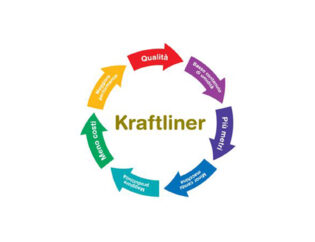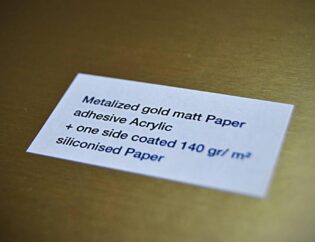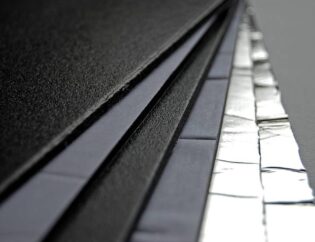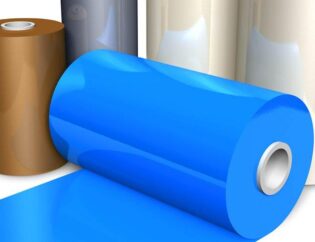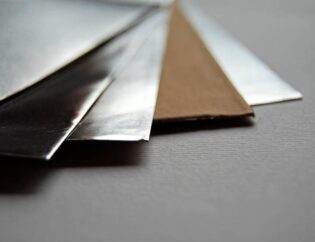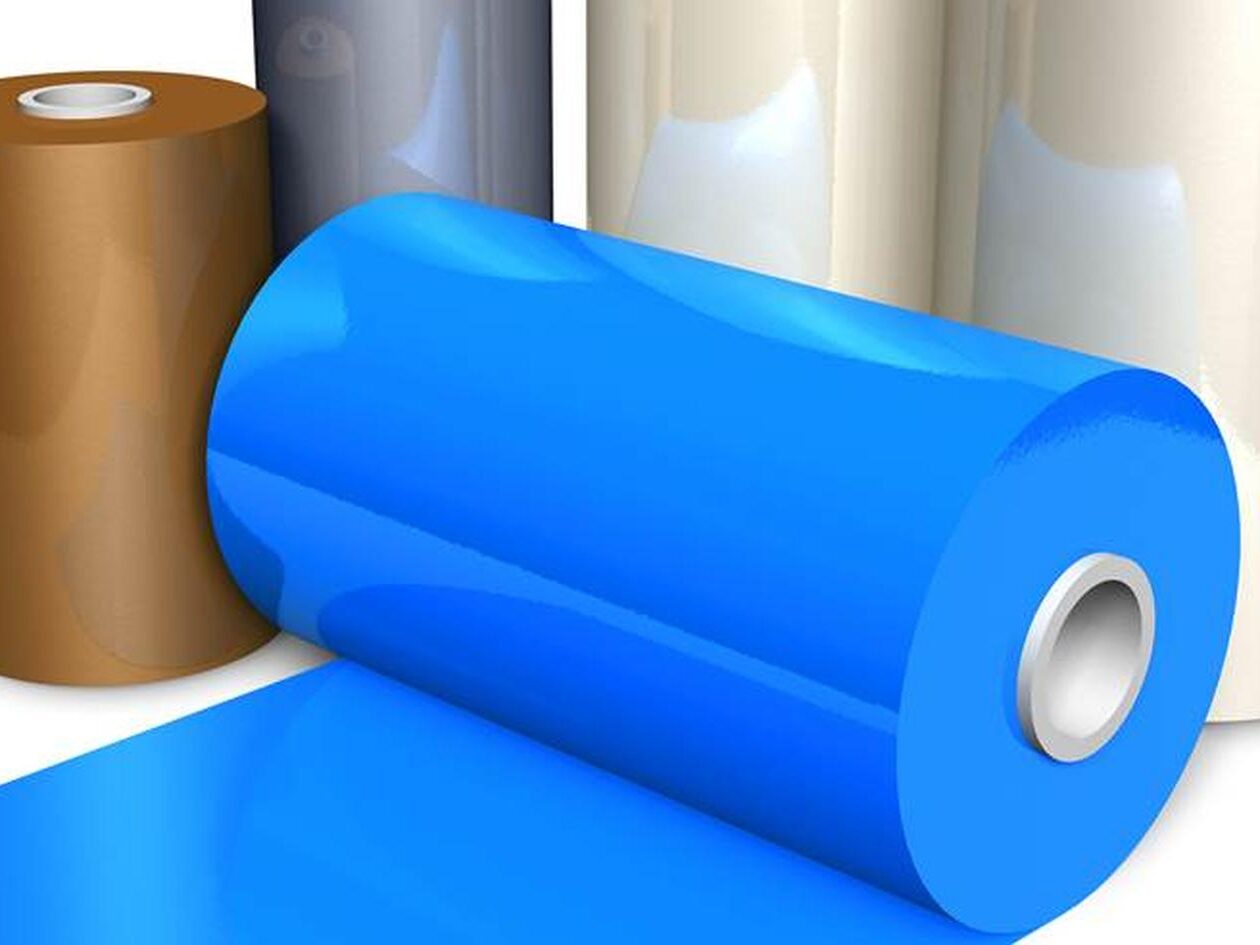
Self-adhesive Polyester Film Production
The characteristics of polyester are, besides excellent toughness and resilience, high resistance to abrasion, creases and heat, a high modulus of elasticity and minimum moisture content as well as a good resistance to chemical and physical agents.
It is a thermoplastic resin (polyester) that is obtained by making the purified terephthalic acid react with monoethylene glycol. The amorphous material thus obtained is suitable for the production of transparent items, provided that the temperature to which they are exposed for long periods of time does not exceed 60° C.
Being a polycondensation polymer, it is subject to hydrolysis phenomena, which requires processors to dry it before subjecting it to heat treatments of some importance. On the other hand, it is less combustible compared to other polymers, has a low specific weight (1.33 grams / millilitre) and is suitable for the manufacture of foam systems.
One of its physical properties has proved particularly interesting: the degree of crystallinity influences the permeability of the material to the light, so much so that the amorphous appears perfectly transparent and colourless, while the crystalline – opaque – shows shades tending to white.
Using different manufacturing techniques, it is possible to get customized products. For example, by thermoforming a single flat head extruded sheet you can obtain opaque white products or transparent objects: in the former case, a particular cycle of heat crystallization is used, while in the latter the PET is cooled down quickly in order to keep it at the amorphous state.
Bi-oriented stabilized films (used in electrical insulation, electronics, coupled systems for packaging and building) are obtained by flat head extrusion technology and subsequent axial and transversal stretching. They are partially crystalline, although the double orientation allows keeping them transparent.
The application field is still very large: PET is especially known for being the material used to produce mineral water bottles, but is also used in packaging, as a layer in foil-lined films and in the form of fibre to produce fabrics. Among the most interesting features of this polymer, in addition to transparency, we must also mention its property as a barrier against carbon dioxide.
Related links:
- Single-sided and double-sided adhesive aluminium
- Self-adhesive and double-sided adhesive PVC Film Production
- Self-adhesive Polyester Film Production
- Self-adhesive Polypropylene Film Production
- Self-adhesive Polyethylene Film Production
- Self-adhesive Polyethylene Foam Production
- Self-adhesive paper production
- Self-adhesive satin, nonwowen and Tyvec Production
- Heat-sealing Kraftliner ribbon production



